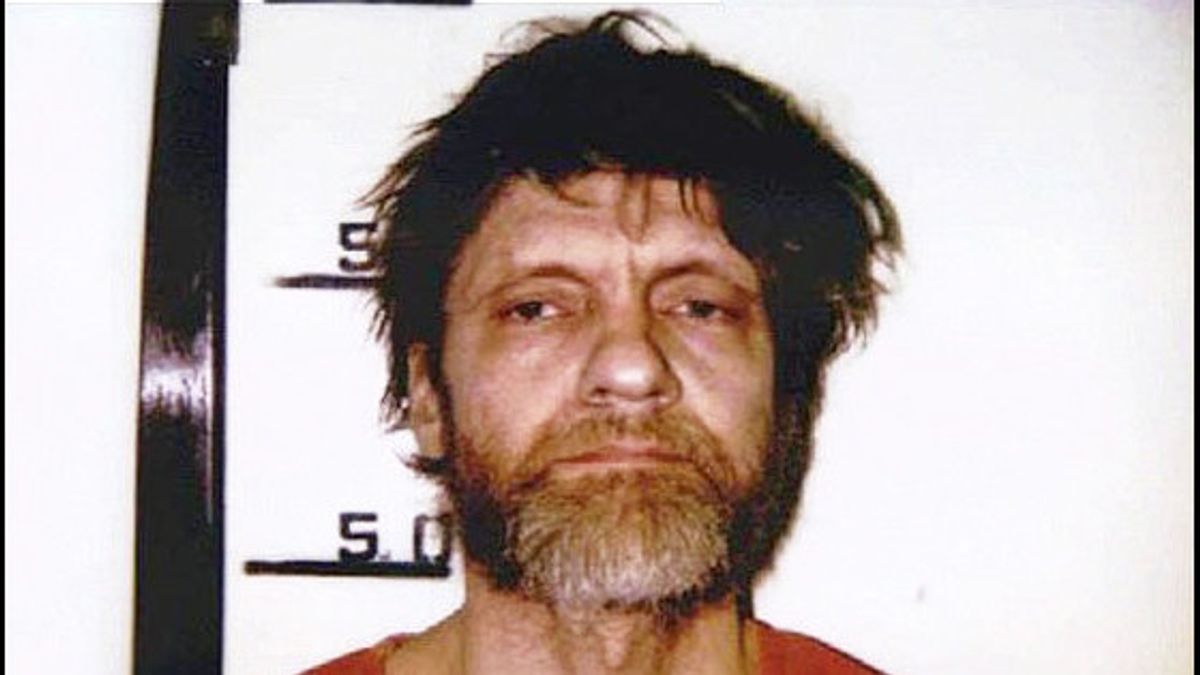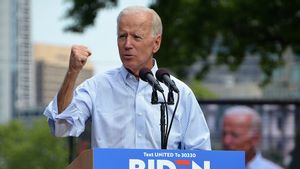
JAKARTA - On January 22, 1998, 23 years ago, Theodore J. Kaczynski, an American man of Polish blood, claimed responsibility for the package bomb terror that occurred for 17 years. For his crimes, which often target universities and airlines, Kaczynski earned the nickname 'Unabomber.'
Kaczynski is a genius. The proof, this man who was born in 1942, an alumni of Harvard University, received a philosophy doctorate or PhD in mathematics, University of Michigan. In addition, he was assistant professor of mathematics at the University of California at Berkeley, but quit abruptly in 1969.
Citing Biography, Friday, January 22, 2021, in the early 1970s, Kaczynski began life as a hermit in western Montana, in a 3 x 3.6 meter cabin without heating, electricity or running water. From this remote location, he began a bombing campaign that would have killed three people and injured more than 20 others.
His main targets were universities, but he also planted a bomb on an American Airlines flight in 1979 and delivered a bomb to the home of the president of United Airlines in 1980. After federal investigators established Task Force UNABOM, short for university and airline bombing, the media dubbed the culprit the 'Unabomber. '
But Kaczybski's cleverness hides traces of no play. The bombs left almost no physical evidence and the only eye witnesses found in the case can describe the suspect as simply a man in a headscarf and sunglasses.
The trail was only detected in 1995. At that time, the Washington Post, in collaboration with the New York Times, published a 35,000-word anti-technology manifesto written by someone who claimed to be an Unabomber.
Realizing the elements of his brother's writing, David Kaczynski went to the authorities on his suspicions. Ted Kaczynski was arrested in April 1996. Federal investigators found a wealth of evidence in his cabin linking Kaczynski to bombings such as bomb material, as well as journals and drafts of the manifesto.
Long story short, Kaczynski was indicted in Sacramento for the bombings that occurred in 1985, 1993, and 1995 which killed two people and injured two others. Initially Kaczynski made an effort to defend his lawyer by calling himself a mental disorder.
But lately he refused to admit that he had a mental illness. After attempting to commit suicide in prison in early 1998, Kaczynski appealed to US District Judge Garland Burrell Jr. to allow him to undergo a psychiatric evaluation.
Life sentenceA court-appointed psychiatrist diagnosed Kaczynski with paranoid schizophrenia. Psychiatric convictions help prosecutors and defenders reach a plea agreement, which allows avoiding prosecution of the death penalty for a mentally ill defendant.
Kaczynski received a life sentence without the possibility of parole on admission of guilt to all federal charges. Kaczynski also waived the right to appeal any rulings in the case. Although Kaczynski later attempted to withdraw his plea of guilt, arguing that it was not intentional, Judge Burrell rejected the request.
After that, Kaczynski was sent back to the maximum security prison in Colorado, where he served a life sentence. Now Kaczynski has spent the last 20 years in prison as an individual with strange social relationships. He befriended someone who looked like him, namely Oklahoma City bomber Timothy McVeigh and 1993 World Trade Center bomber Ramzi Yousef. Kaczynski has also written letters to thousands of pen pals out there.
Meanwhile, Kaczynski's Cabin, which measures 3 x 3.6 meters in total, is currently stationed at Newseum in Washington DC. The cabin is part of the exhibition "Inside Today's FBI."
The English, Chinese, Japanese, Arabic, and French versions are automatically generated by the AI. So there may still be inaccuracies in translating, please always see Indonesian as our main language. (system supported by DigitalSiber.id)








